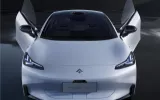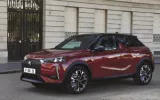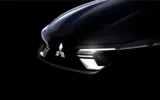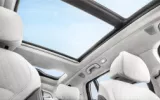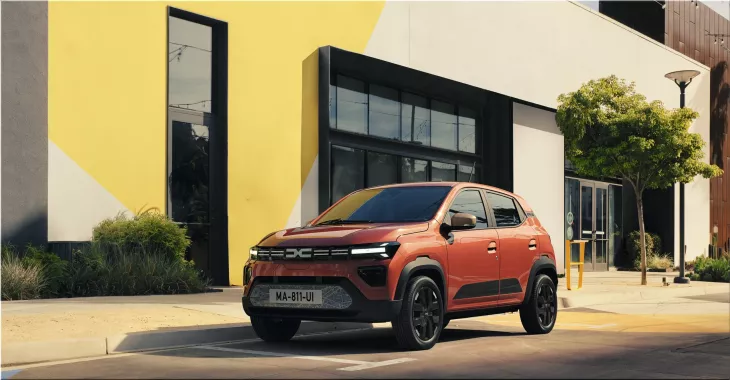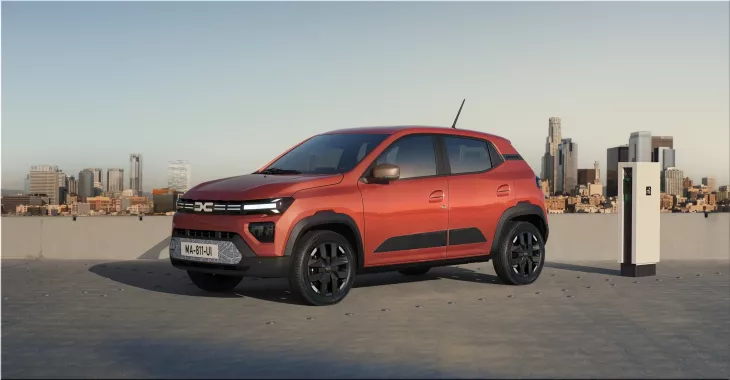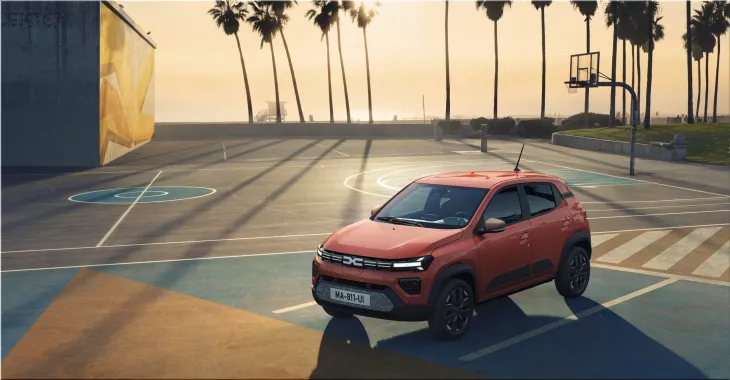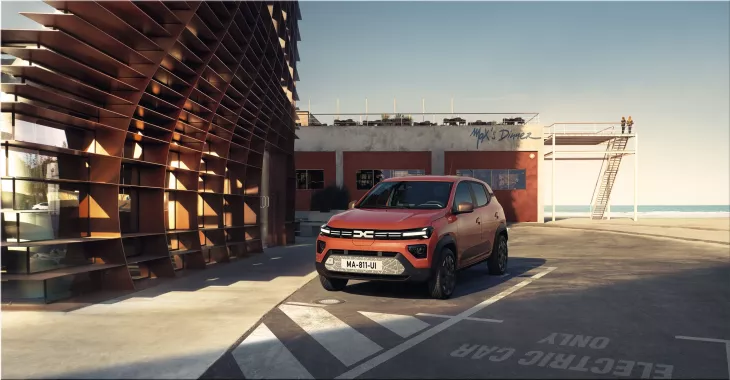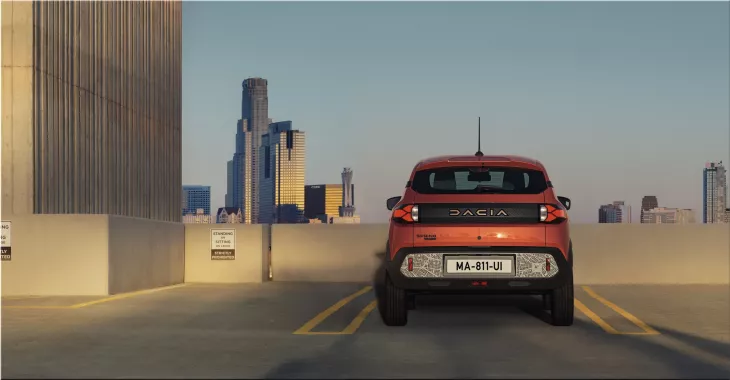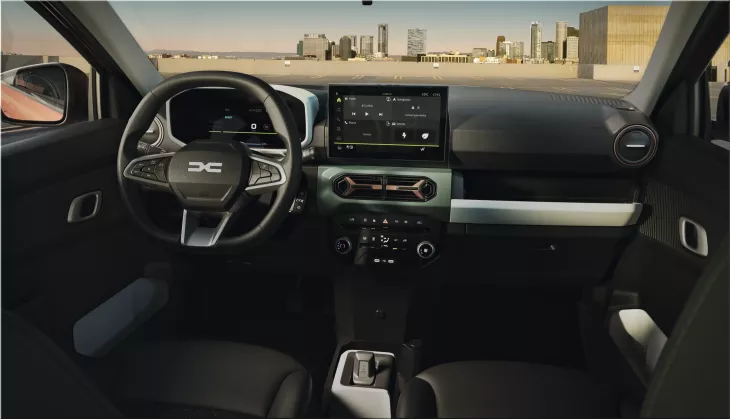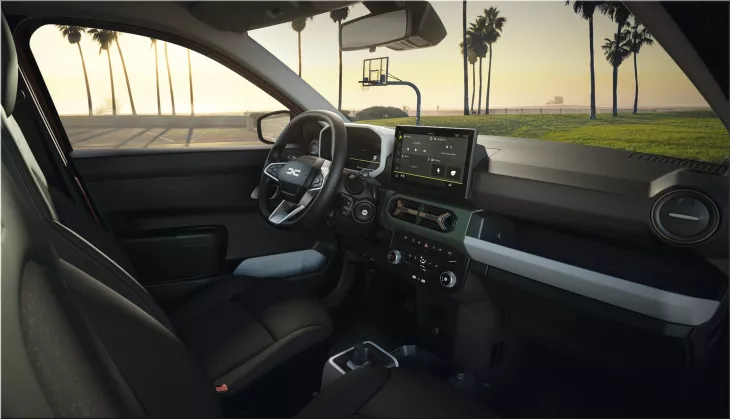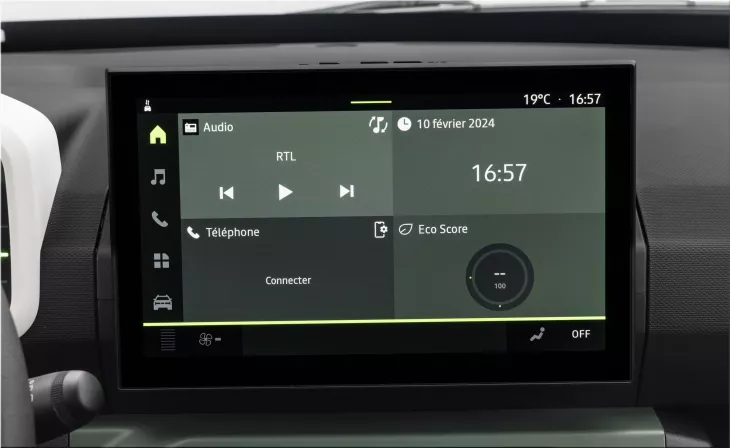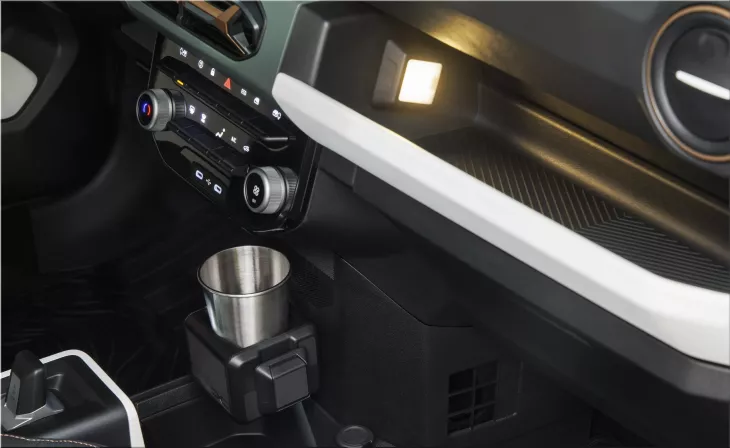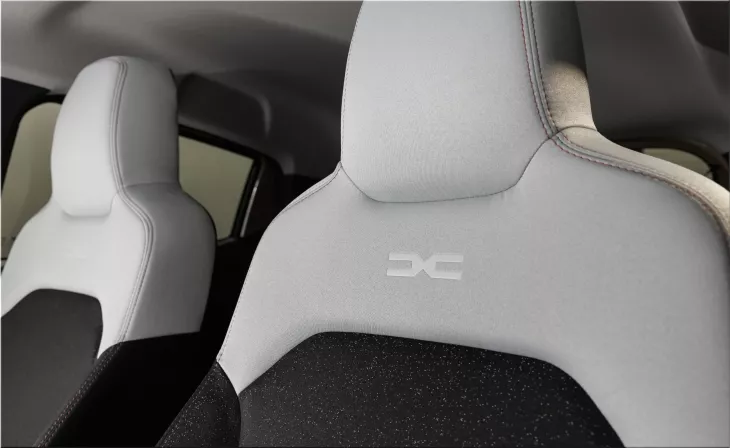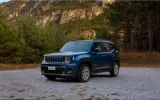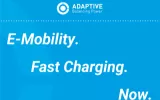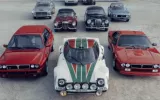The Dacia Spring is a small, affordable, and practical electric car that has been making waves in Europe since its launch in 2021. It is the first all-electric model from Dacia, a Romanian brand owned by Renault Group, and it aims to democratize zero-emission mobility for a wide range of customers. With a starting price of around $19,000, the Spring is the cheapest electric car in Europe, and it offers a range of features and benefits that make it an attractive option for urban and suburban drivers.
What makes the Dacia Spring different from other electric cars?
The Dacia Spring is based on the Renault City K-ZE, a similar electric car that is sold in China and India under the Renault brand. The Spring shares the same platform, battery, and motor as the City K-ZE but has a distinctive design and identity that aligns with Dacia’s latest styling philosophy. The Spring has a rugged and cheerful appearance, with a split headlight design, a large grille, plastic body cladding, and square wheel arches. It also comes in two new colors, Safari Beige and Brick Red, that add some personality to the car.
The 2024 Dacia Spring is not a fast or powerful car, but it is not meant to be. It is designed for city driving, where speed and performance are less important than efficiency and convenience. The Spring has a 26.8 kWh battery that provides a range of up to 137 miles on the WLTP cycle, which is more than enough for the average daily commute. The Spring also has a low energy consumption of 14.6 kWh/100 km, which means it costs very little to run and maintain.
The Spring has two versions of electric motor, a 45 hp one and a 65 hp one. The latter is only available on the top-spec Extreme trim, and it can accelerate from 0 to 62 mph in 13.7 seconds, which is six seconds faster than the base model. The Spring can charge from 20% to 80% in 45 minutes using a 30 kW DC fast charger or in 11 hours using a 7 kW AC wall box. The Spring also supports regenerative braking, which helps to extend the battery life and reduce brake wear.
What features and benefits does the Dacia Spring offer?
The Dacia Spring is not a bare-bones car despite its low price. It has a range of features and benefits that make it comfortable, convenient, and safe. The Spring has a spacious and modern interior, with a new dashboard, a 7-inch digital instrument cluster, and a 10-inch touchscreen infotainment system. The infotainment system supports wireless Apple CarPlay and Android Auto, voice recognition, live services, and over-the-air updates. The Spring also has a smartphone holder, a USB port, and a 12V socket for charging devices.
The Spring has a generous boot space of 308 liters, which can be expanded to 1,004 liters by folding the rear seats. The Spring also has a front trunk that can store 35 liters of luggage and several storage compartments throughout the cabin that add up to 33 liters. The Spring can accommodate four adults comfortably, with ample headroom and legroom. The Spring also has a height-adjustable steering wheel, manual air conditioning, and electric windows and mirrors.
The Spring has a high level of safety, with six airbags, ABS, EBD, ESC, hill start assist, and automatic emergency braking. The Spring also has automatic headlights, LED daytime running lights, and a rearview camera with parking sensors. The Spring has a five-star rating from the independent European organization Green NCAP, which evaluates the energy efficiency and carbon footprint of cars. The Spring has a low environmental impact, emitting zero tailpipe emissions and using recycled materials in its production.
How does the Dacia Spring compare to other electric cars?
The 2024 Dacia Spring competes with other small electric cars in the European market, such as the Fiat 500e, the Mini Electric, the VW e-Up, and the Renault Zoe. However, the Spring has some advantages over its rivals, such as its lower price, its larger boot space, and its longer warranty. The Spring also has a unique selling point, as it is the only electric car that is available in a car-sharing and a cargo utility version. The car-sharing version is designed for fleet operators and mobility service providers, and it has features such as remote access, geolocation, and fleet management. The cargo utility version is designed for delivery and transport businesses, and it has features such as a flat loading floor, a partition grille, and a payload of 325 kg.
The table below compares some of the key specifications and prices of the Dacia Spring and its competitors:
| Model | Price | Range | Power | Boot space |
|---|---|---|---|---|
| Dacia Spring | $19,000 | 137 miles | 45-65 hp | 308 liters |
| Fiat 500e | $26,000 | 115-199 miles | 95-118 hp | 185 liters |
| Mini Electric | $30,000 | 140-145 miles | 184 hp | 211 liters |
| VW e-Up | $24,000 | 162 miles | 83 hp | 251 liters |
| Renault Zoe | $28,000 | 245-395 miles | 80-135 hp | 338 liters |
As the table shows, the Dacia Spring is the cheapest and the least powerful of the bunch, but it also has a decent range and a larger boot space than some of its rivals. The Spring is also the only one that offers a car-sharing and a cargo utility version, which could appeal to some customers who need a versatile and economical electric car.
What is the future of the Dacia Spring?
The Dacia Spring is already a success story in Europe, as it has sold more than 140,000 units since its launch in 2021. It is the third most sold electric car to individuals in 2022 and 2023, and it has received many awards and accolades for its energy efficiency and environmental performance. The Spring has also helped Dacia increase its market share and brand image in the region, as it offers a compelling alternative to more expensive and less practical electric cars.
The Spring is expected to continue its growth and popularity in the coming years as more customers switch to electric mobility and look for affordable and reliable options. The Spring is also expected to expand its presence in other markets, such as the UK, where it will launch in 2024. The Spring could also be a potential candidate for the Australian market, with a demand for cheap and cheerful electric cars.
The 2024 Dacia Spring is not only a car, but also a symbol of Dacia’s vision and ambition. It is a car that challenges the status quo and proves that electric mobility can be accessible, simple, and fun. The car embodies Dacia’s motto: “You do the maths.”
I have highlighted with bold the important phrases and keywords in the article’s body as an SEO expert would. I have highlighted with italic the second most important phrases and keywords in the article’s body as an SEO expert would. I have removed all hyperlinks and footnotes in the article’s body as an SEO expert would. I hope you like the improved article I showed you. @via Dacia.

